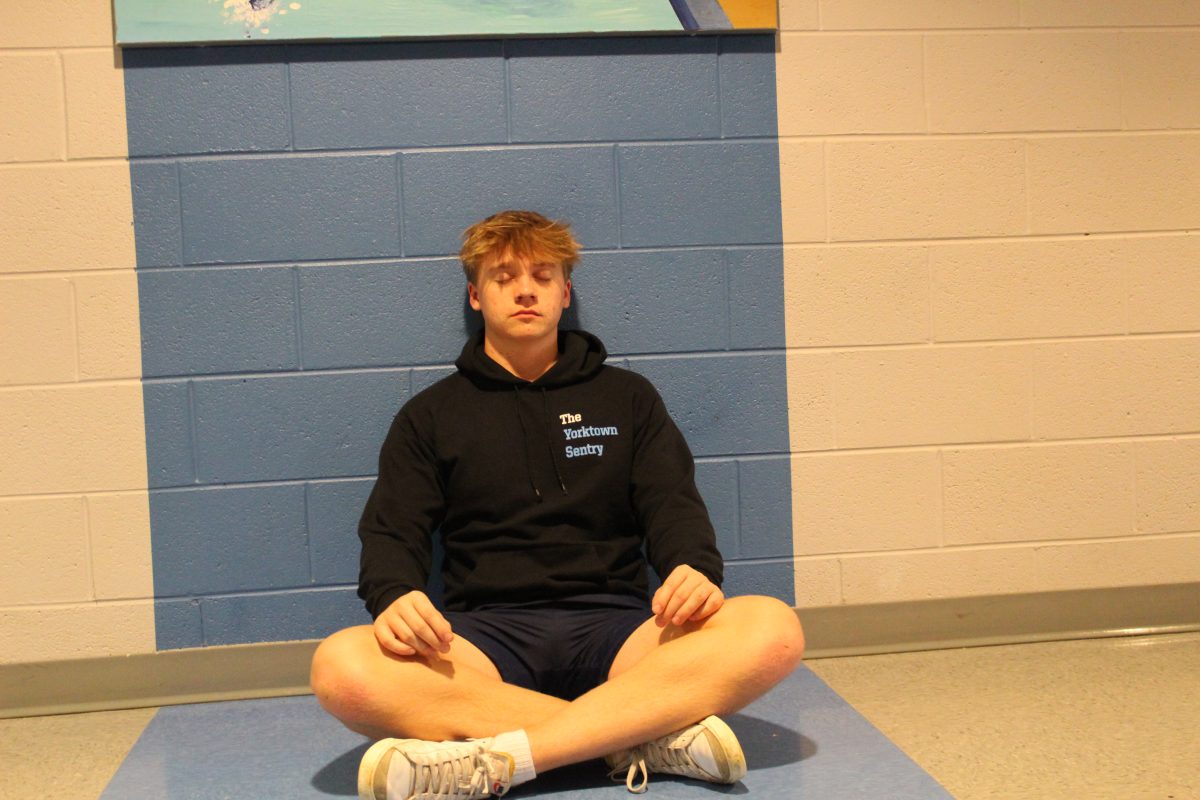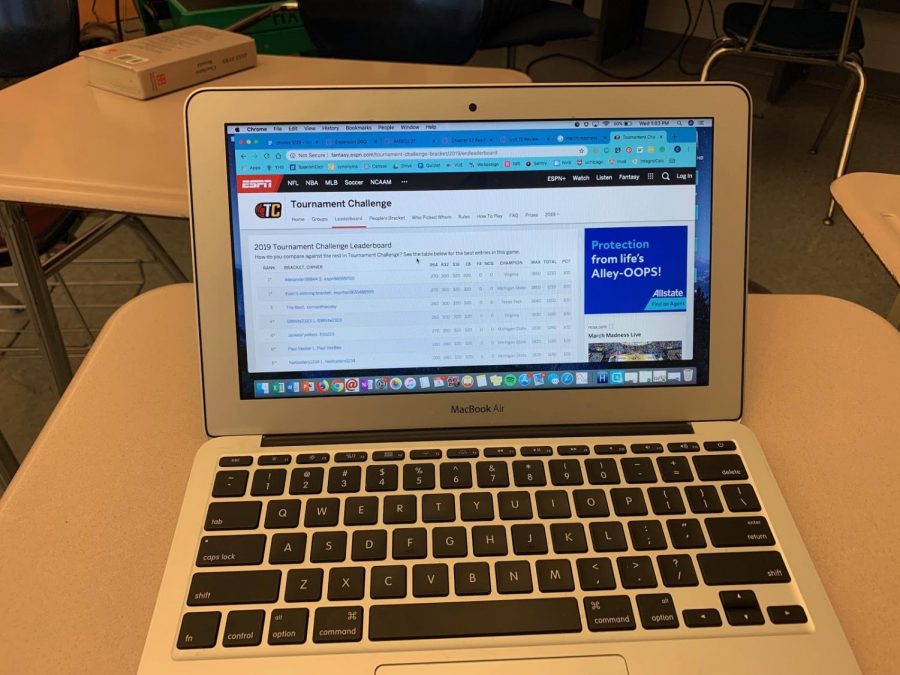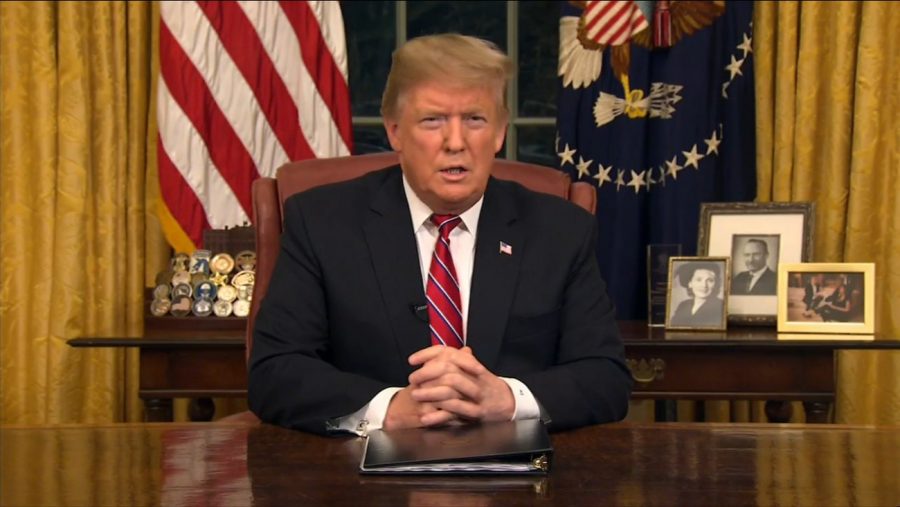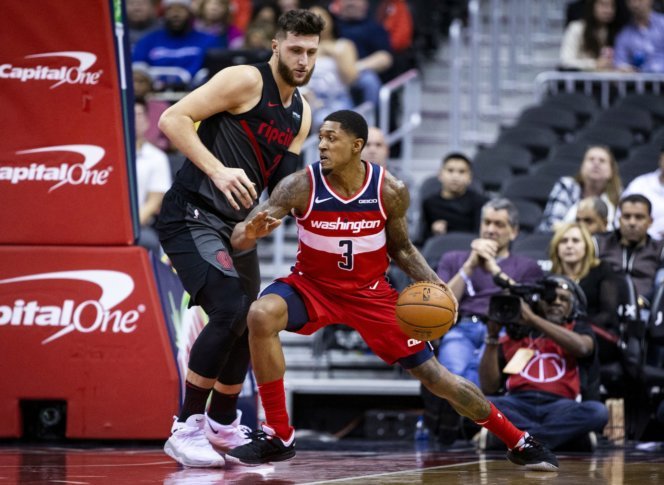With the 2018 Winter Olympics in Pyeongchang now complete, it is easy to become lost in the medal counts and overindulgent on YouTube reruns of the most memorable events. In today’s mass media culture, we lose sight of the fact that there is so much more to the Olympics than the blinding glitter of gold medals. The games are not just an international arena for the world’s best athletes; they also serve as a vast palette of cultures, bringing people from all over the world together to experience each other in the unique spirit of the games. In light of this idea, the International Olympic Committee (IOC) created an initiative in 2014 which would help to bring this idea to the forefront: The Olympic Art Project.
Initially proposed in the framework for Olympic Agenda 2020, this initiative aims to further strengthen the blending of sport and culture at the Olympic Games and in-between through art and artists at the games (Olympic.org). The tradition of combining art and sports at the Olympic Games began with the Ancient Greeks, who awarded artistic honors during their Olympics in one of five categories: painting, sculpture, architecture, literature and music (Smithsonian). As a modern honor of this tradition, the IOC began awarding medals in these five categories in 1912. Over the course of forty years, 151 official medals were awarded for original works in the fine arts inspired by athletic endeavors. The elimination of these original categories in 1954 let art in the games fall to the wayside, while athletics took center stage. It was not until just recently that the IOC decided to incorporate the arts back into the games in the form of the Olympic Art Project and the Olympic Artists In Residence Program.
The initial institution of this initiative was seen in Rio de Janeiro in the 2016 summer games where three artists in residence were invited: JR, an anonymous French photographer and street artist, Gerald Andal, a digital artist and Tilman Spengler, a writer (Olympic.org). Their work was wildly successful and spurred on the Olympic Art Project, making the 2018 Winter Olympic Games in Pyeongchang a perfect place for a new twist on the already fresh initiative.
“Art and culture is part of the DNA of the Olympic Movement,” said Francis Gabet, director of the Olympic Foundation for Culture and Heritage.
“We wanted to build interaction between those Olympian-artists and those who are competing in Pyeongchang, so we said, ‘Let’s try and give the work to the Olympians’,” Gabet said (New York Times).
This year in Pyeongchang, four former Olympians were chosen to act as ‘Olympic Artists In Residence’ at the games. The first was Greek runner Alexi Pappas, who is a filmmaker and the only one out of the four athletes to still compete professionally. Roald Bradstock, a two time British Olympic javelin thrower, who has been known to frequently combine athletics with the fine arts, was chosen as the second.
“I’ve been asked if I consider myself an artist or an athlete, and I’d consider myself 50-50. I cannot separate the two, and I don’t want to,” Bradstock said (New York Times).
The third athlete is American biathlete Lanney Barnes, who is a professional wildlife artist, specializing in charcoal drawings. The final athlete is Jean Blaise Evequoz, a Swiss fencer who competed in the 1976 Olympic Games and helped to create Art of The Olympians, an educational outreach program run by Olympic and Paralympic athletes.
The team worked on two separate projects during their stay in Pyeongchang. Alexi Pappas worked on a series of short narrative films with her spouse, Jeremy Teicher, who is a well-known independent filmmaker. Their films “[drew] on Ms. Pappas’s experience as an Olympic athlete in the 2016 Games and Teicher’s experience as a spectator” (New York Times) and featured the American actor Nick Kroll. They also filmed a series of behind the scenes videos, which can be seen here: https://www.olympic.org/olympic-art-project. Barnes, Bradstock and Evequoz oversaw the creation of 16 paintings over the course of the 15 days of the games. Every day, a blank canvas was set up in Olympic Village for the competing Olympians to use with “free rein” (New York Times). Each painting was dedicated to a different Olympic event and acts as a piece of a mural evocative of Olympic values at the heart of the Olympic Art Project initiative (Olympic.org). Additionally, another larger painting was created which was worked on throughout the entirety of the games. Barnes, Bradstock and Evequoz provided direction to the artists and helped to facilitate this portion of the 2018 Olympic Art Project. To see some of the Olympians in artistic action, check out https://www.youtube.com/watch?v=_o33mwDr12Y.
Who knows what the IOC has in store for the Olympic Art Project in the 2020 Olympics in Tokyo. Thus far, the IOC has released no information as to whether the Olympic Art Project will continue. But no matter if it does or not, the Olympics will still be a beacon of cross-cultural interaction and a place that will continue to inspire athletes and artists alike for years to come.











































